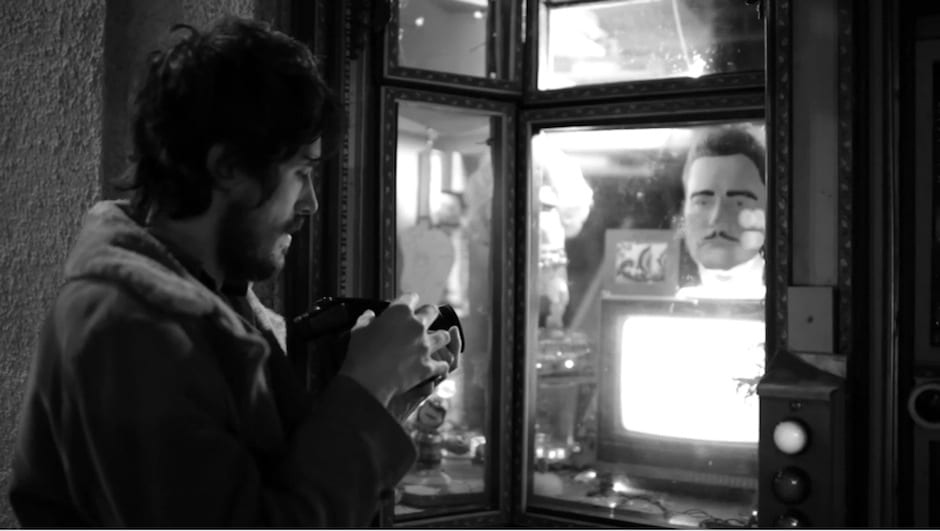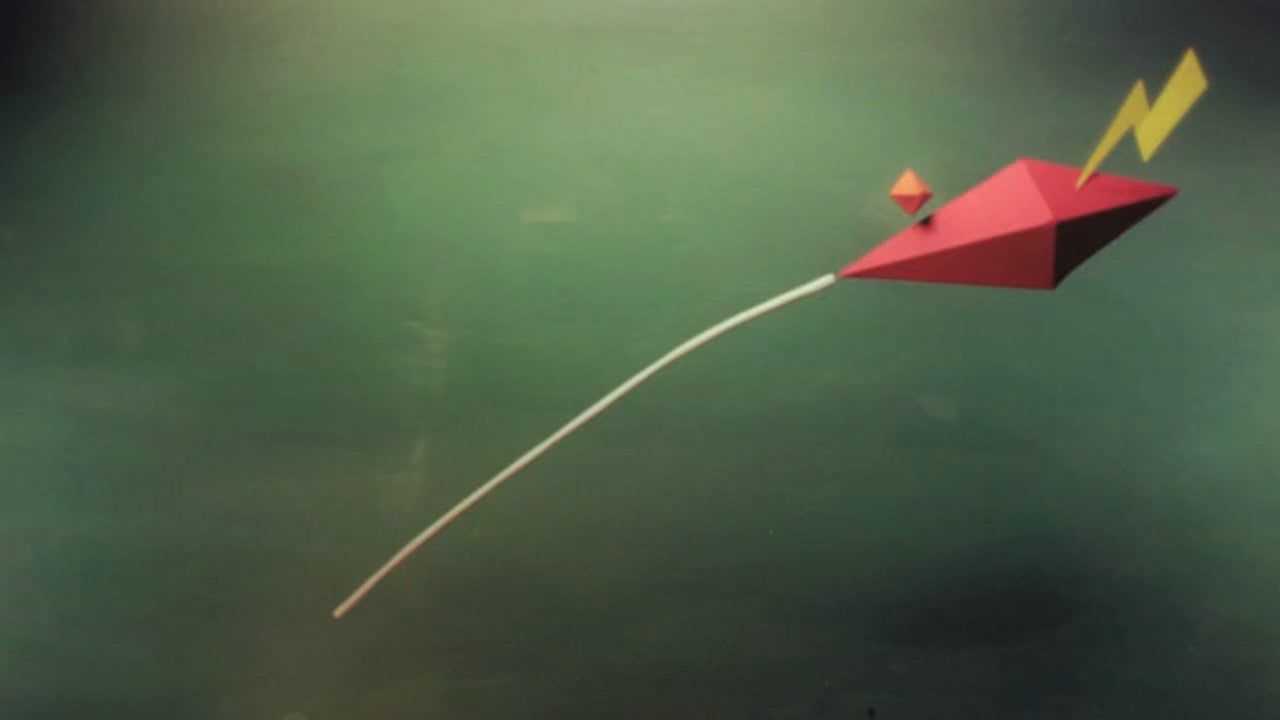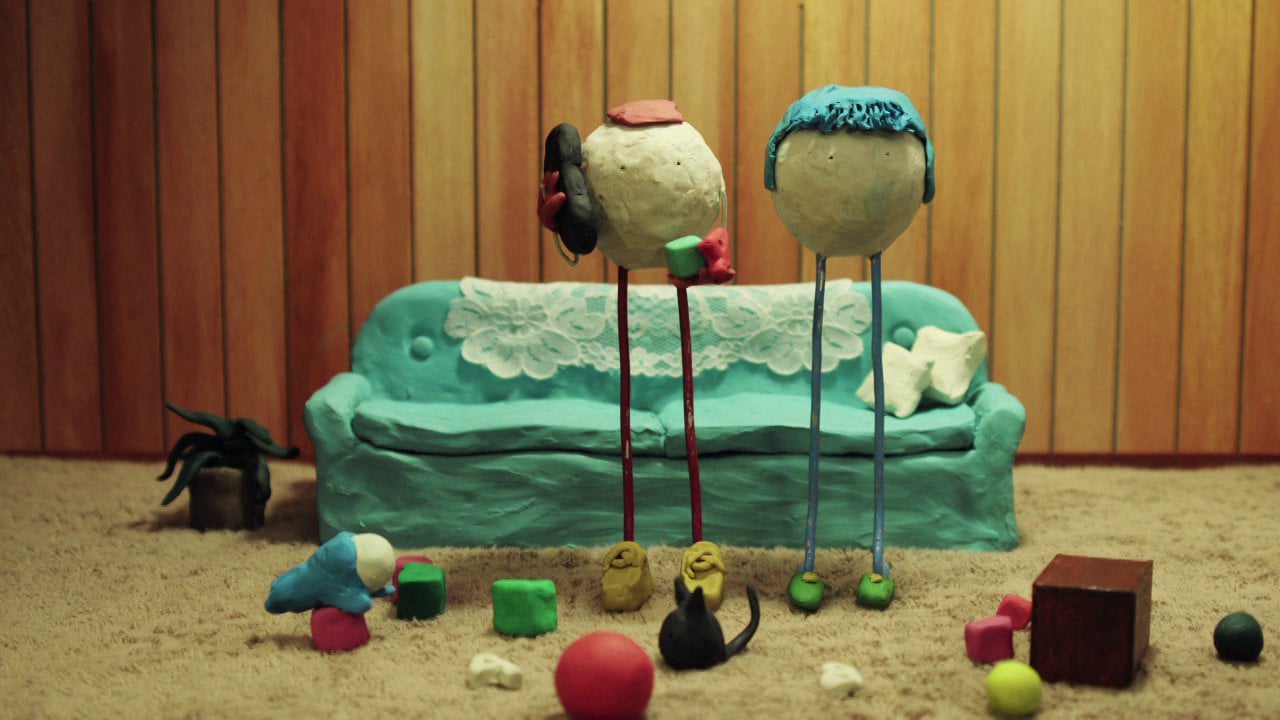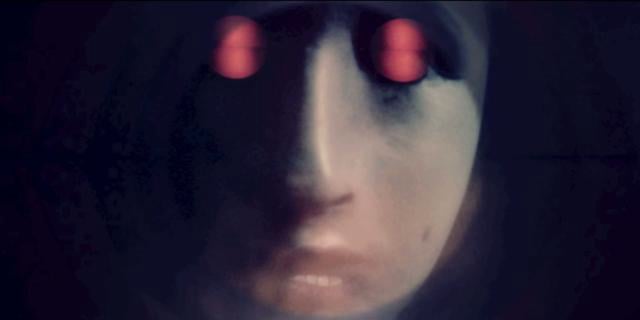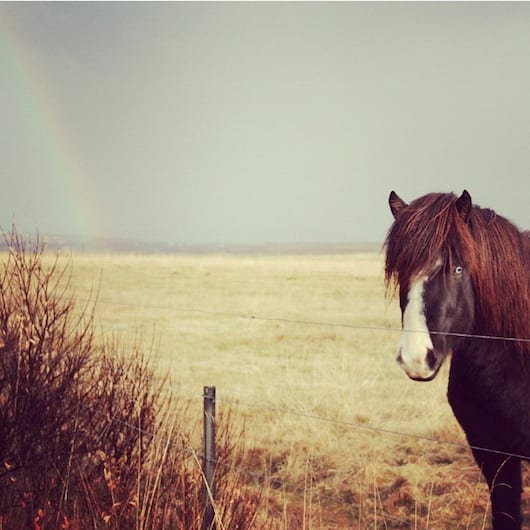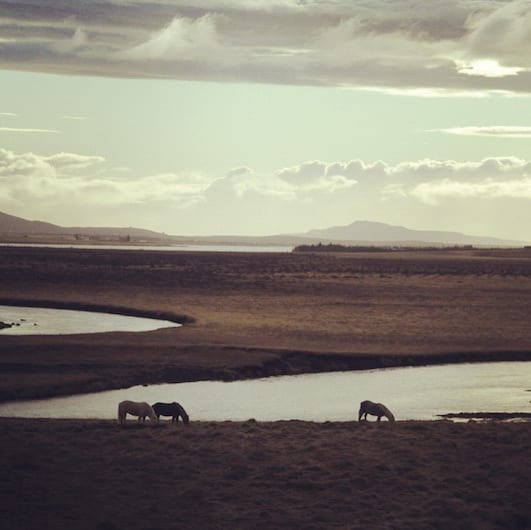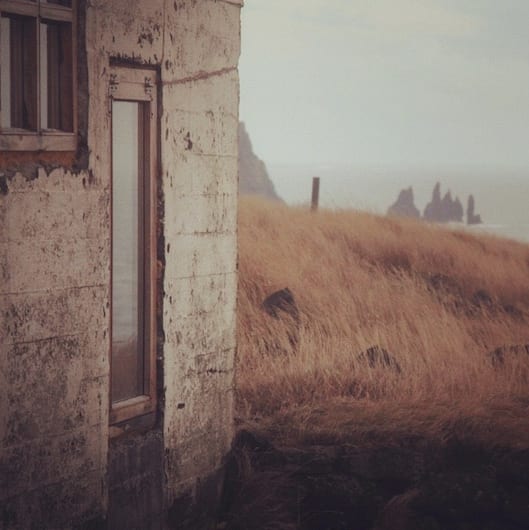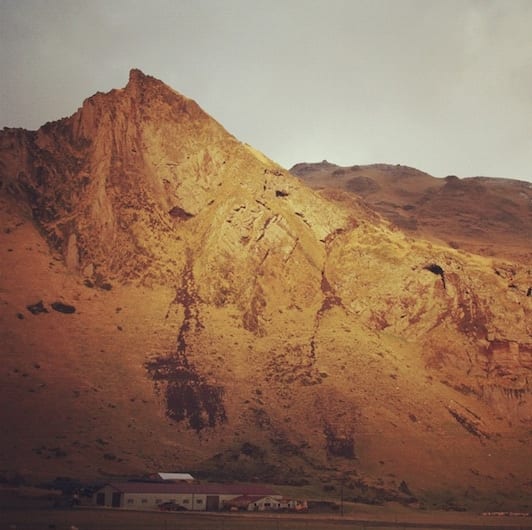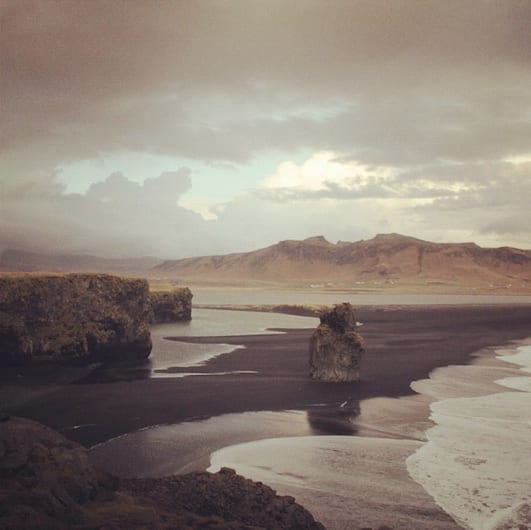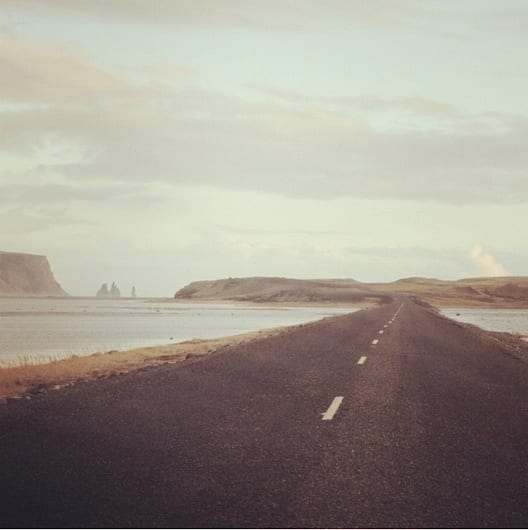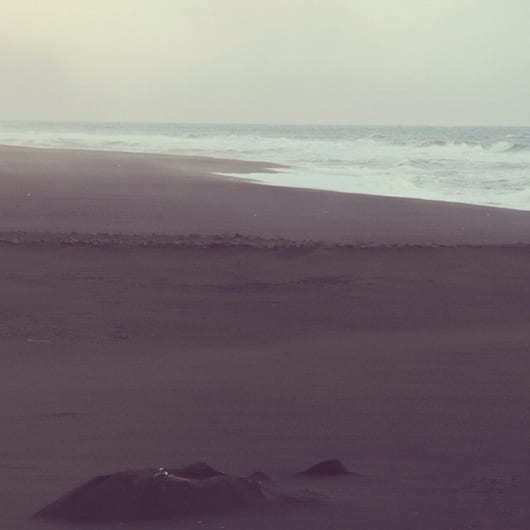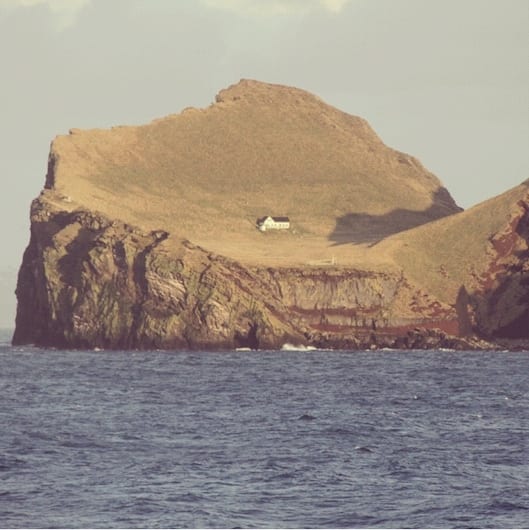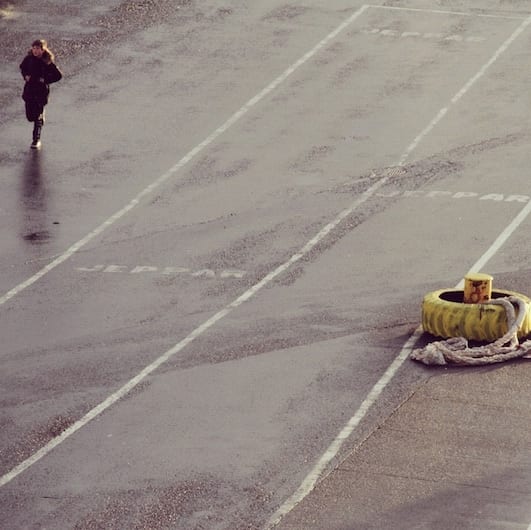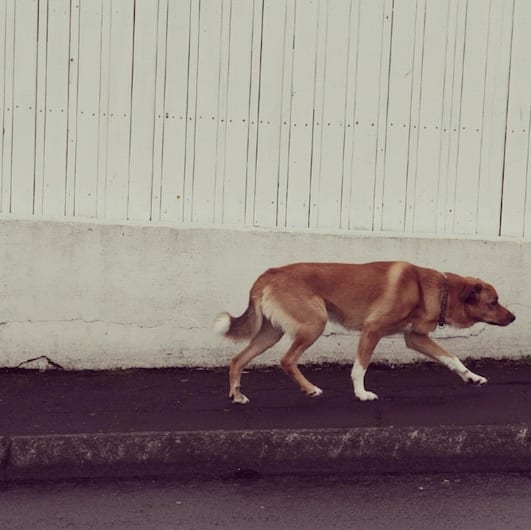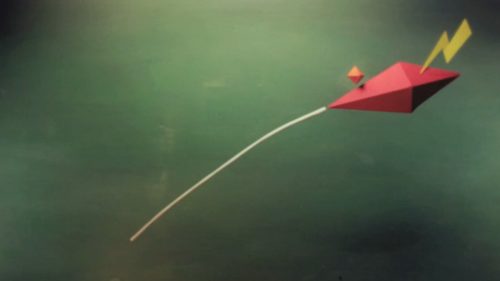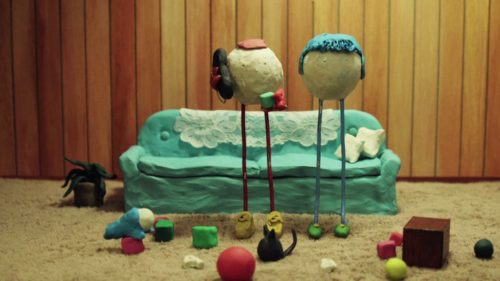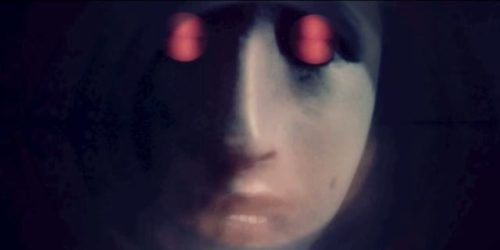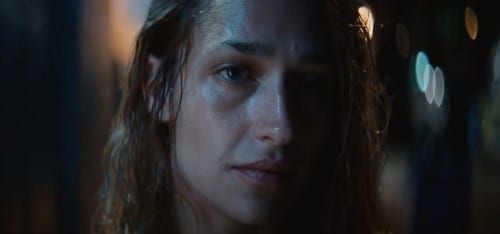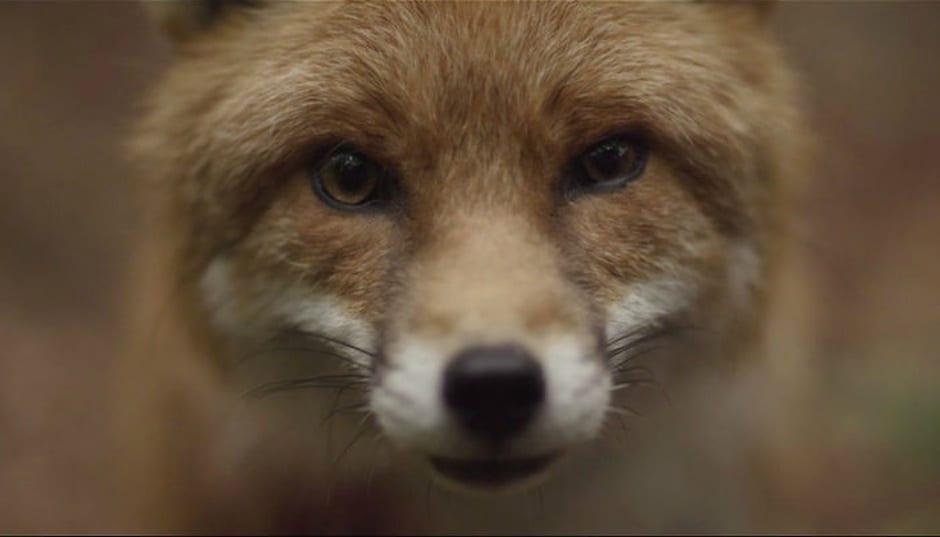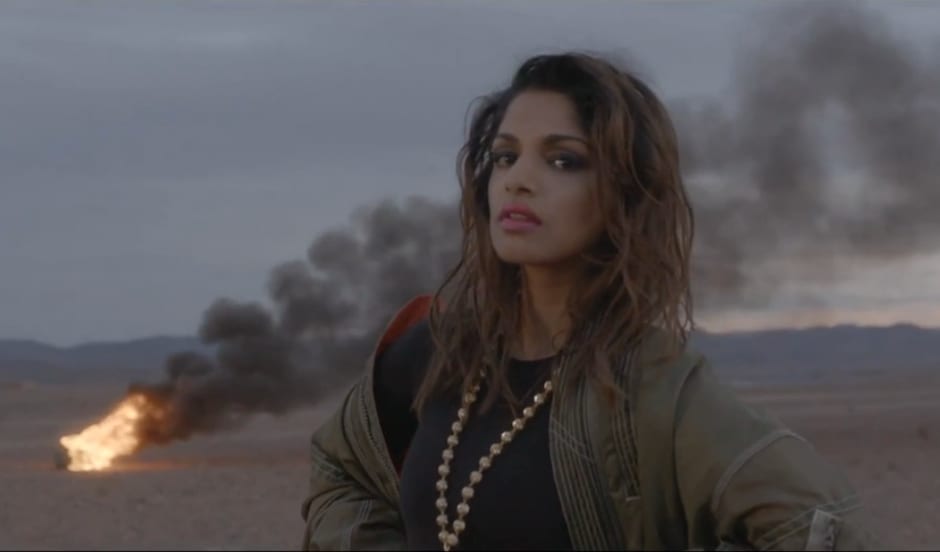There’s something about Sean Pecknold’s work, handcrafted and full of magic, that puts one in mind of Geppetto’s workshop. Even the robots, which pop up from time to time, are imbued with tangible warmth. Most recently the epic promo The Shrine / An Argument – created for brother and Fleet Foxes frontman Robin – has had viewers spellbound.
When you first get a brief or a track to listen to for a music video, where does your creative process start?
Deep in a lucid dream. Then the beach, then a shopping mall, eating some tacos or guacamole along the way usually. It’s usually the case that I listen to a song over and over again for days and days, and whatever images stick around longer than a fleeting second, I try and expand upon. Sometimes those ideas come right away, sometimes it takes weeks. I do tend to come up with most ideas while I’m walking around or on my bike, very rarely just staring at a computer screen or image grabs from the internet.
When it comes to looking for ideas and inspiration, do you work more spontaneously, on a project-by-project basis or are you more of a creative hoarder with piles of scrap books/clippings etc to draw from? Or perhaps somewhere in between?
I think it’s more spontaneous for me, depending on the type of project. I do have a hundred “Gather” folders on my computers with images that inspire me. And certain websites I go to for general ‘I want to make stuff’ inspiration. butdoesitfloat.com and 50watts.com are the top of that list. I’m not the best illustrator, but I do keep a journal with ideas and sketches and doodles and random things from my dreams. So that’s always nice to flip through when thinking of ideas. I think I store a lot of things I see in the back of my brain somewhere, and even if it’s been a while since I saw it or read it, I can still pull it out of the dusty shelves of my brain.
Which project has been, for you, the most interesting to work on?
Probably The Shrine / An Argument. It was an intense long production, with a lot of challenges, but very rewarding and enlightening. I got to collaborate with really amazing people, Britta Johnson the co-animator, Stacey Rozich the illustrator, and Natalie Jenkins the art assistant. We had a great little studio in a big dark room for six months in Portland, and really got to know the neighborhood, did a lot of biking and animating long into the nights. It was the most character intense piece I’ve done, which was really interesting, I usually try and simplify the characters in my films, and with this one, working with Stacey’s amazing characters, I just wanted to push that aspect of it, and see how many we could cram in without it being like too much. It was a challenge for sure.
Many of your videos are characterised by an in-camera approach and a very real, textured, hand-crafted vibe. What draws you to this approach and aesthetic?
I like moving things around with my hands, lighting things, and shooting stuff in-camera just always looks better to me. I spent a lot of time years ago, trying to get computer animation to look good, but I wasn’t really good at it. I’ve always been drawn to the classic stop-motion films, of Norstein, and the Brothers Quay, Lotte Reiniger, and Will Vinton. So I think when I started experimenting, it just felt more natural to try and do things in-camera. There is always an in-camera solution to something that can be funnier and look better than the digital equivalent.
Having said that, robots crop up in your work from time-to-time (Beach House ‘Used To Be’, Hello etc). Is there something in particular that appeals to you or interests you about these android-y characters?
I am kind of obsessed with robots and technology in general, and giving some sort of life to them. I feel like we interact so much with technology now but it all feels so sterile, and I like imagining scenarios for these cold sterile bots, giving them some emotional weight. I’m working on a script right now that could potentially be a feature, about a robot and a human, but not in the way that they’ve been featured before in films. I am drawn to characters that seem kind of empty or absent, but only need a little bit of movement or sound to bring them to life.
How do you think your work has evolved since your earlier work like When I Grow Up and White Winter Hymnal?
Hmmm, When You Grow Up was a short we made in three days, but was actually one of the first collaborations with my brother Robin scoring, that was a lot of fun. Then two years later, we made the White Winter Hymnal video. Since then I think I have honed more of my craft, gotten better at animating, and in general have a better sense of how I want to tell stories, and what kind of stories I want to tell. But it’s an ever-evolving thing for sure. Those were really fun collaborations, and I think it also shaped my desire to work with other people on projects. Animating can be a lonely art form, but if you have just a couple great people to work with, it makes it that much better.
Your most recent promo, The Shrine was also for Fleet Foxes – what is it about their music that you find so inspiring and why do you think their music and your film-making style complement each other so well?
I like to think it does. Maybe because I’m usually around during the creation of the music. So I feel a connection to it, that goes beyond just a listener. I documented a lot of the making of both of their records, so I spent a lot of time listening to the progression of the songs as they came together. So I had a lot of time to come up with images in my head for the videos. Maybe an unfair advantage, but I think it explains some of the connection. I think the songs are more like expansive tales that work well with more narrative or fable based music videos, rather than straight performance ones.
Talking of The Shrine, I love the way you take the ideas of nature and superstition and create something that seems to be inspired by shamanism and animism. What does the film mean to you?
It’s a visual metaphor for something. I think it’s about change and struggle, rebirth, ambition, sacrifice. Things that we deal with in life and in relationships. I think I take something a little different from it each time I watch it. And I hope that’s the case for other viewers. I haven’t screened it for many audiences, and I love seeing people’s reaction. Just yesterday I played it for a pair of two year olds, and it was quite amazing to see their reaction to it, they laughed at parts I hadn’t realized were funny, and danced during parts that weren’t intended to be dancey, but that’s what was amazing about watching their reactions. When you put stuff online, it’s such a sterile thing. You can read comments and count views, but it’s way better to actually see people reacting to it. I’d rather see a couple people in a room reacting, than get 10 million views on YouTube.
… and finally your New York Times film Year in Ideas is all about our lifelong search for the meaning of life… what’s your best guess?
I have a couple ideas, one that I deal with in my next film quite a bit. I will say that involves cats and the size of the universe. I think we are all just these weird packets of energy that come into being and then leave, but we are always somewhere, in some form of energy or another. I think the dark matter in the universe is little souls from an infinite time. I don’t know why we are here in this form right now. Having time to ponder existential questions is a luxury for sure. But I think everybody wonders, and no one really ever figures it out, and that’s why life is a mystery and maybe that’s okay. Maybe…
But on the other hand perhaps we have a purpose in our life that we don’t really realize and maybe only a handful of people actually accomplish, and maybe without even realizing it. I like to think that there is a grand purpose to the cosmos, a master plan of some sorts, an all-knowing creator. And I do believe that that is a possibility for sure. But I haven’t really been drawn to one of humans ideas of what that might be, and I think I prefer to keep an open-mind about it all. If everything that is, is just a product of an accident, an explosion, some mutations along the way, then that’s pretty fucking amazing, right?
Maybe the meaning of life is pizza, maybe it’s milkshakes, maybe it’s sitting on a bus at 11:34 pm and realizing that you are as small as a grain of sand and smiling about it. Pizza sounds pretty good.
See a selection of stills from Sean Pecknold’s photo essay Iceland in Related Content
LINKS:
